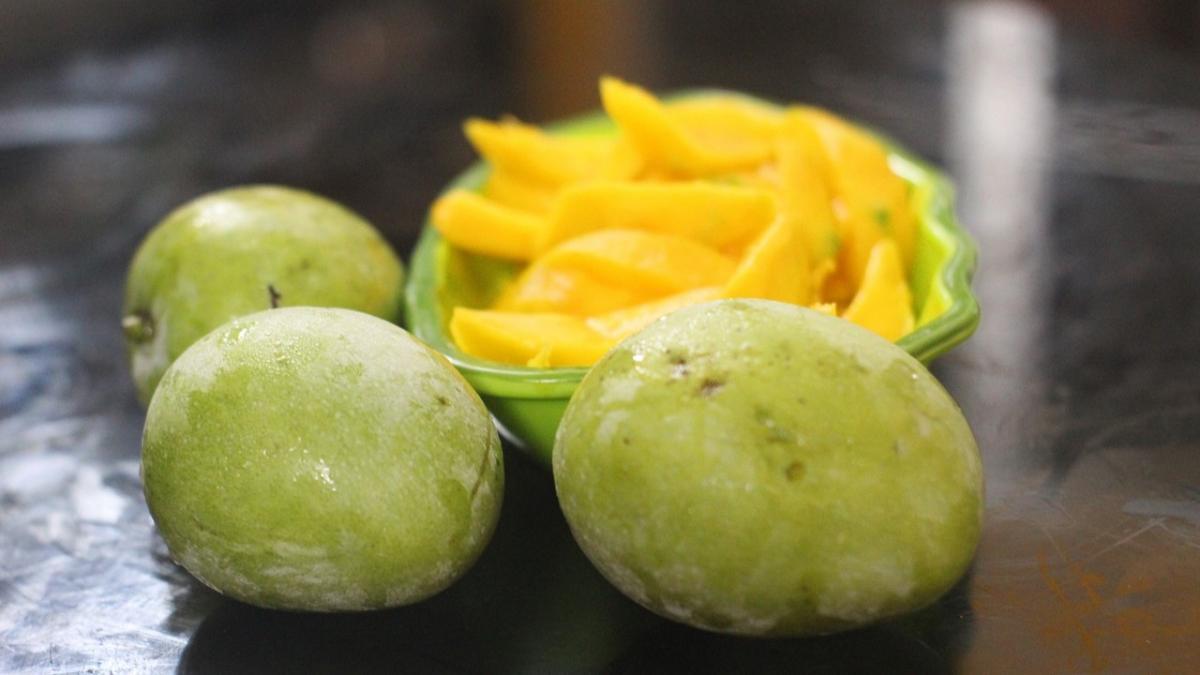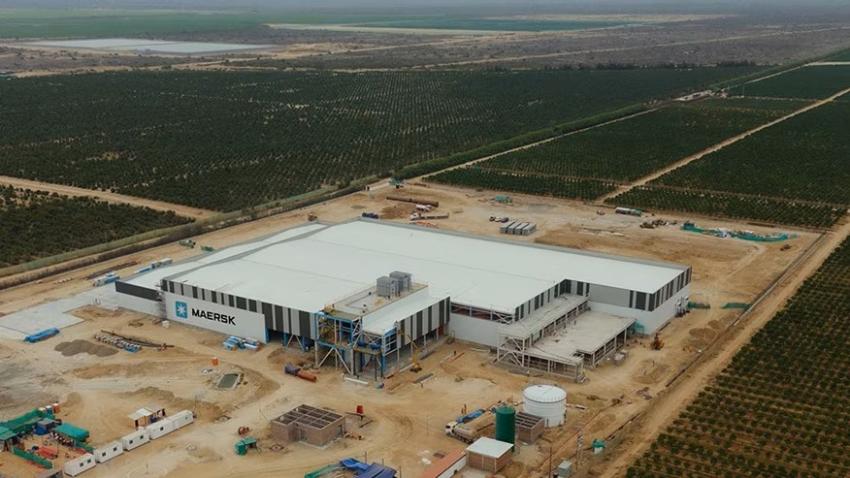You are here
Back to topFresh Bangladeshi Mangos Granted China Market Access

On July 26, the General Administration of Customs of China announced via its website that fresh mangos from Bangladesh meeting the stipulated phytosanitary requirements would be permissible for import into China. As early as the beginning of April, Bangladeshi media reported that China was intending to import mangos, jackfruit and potatoes from Bangladesh.
Bangladesh is one of the world’s major mango producers, with an annual output exceeding 1 million metric tons. The export season lasts from May to September, with the main overseas destinations being the United Kingdom, Saudi Arabia and Italy. However, limitations in terms of production and export conditions mean that Bangladeshi mangos still have a long way to go before fully realizing their export potential.
In 2015, Bangladesh exported approximately 800 metric tons of mangos, primarily to European markets. However, the export volume fell to only 300 metric tons in 2016 owing to compliance issues. In recent years, the situation has slightly improved, with the export volume reaching 1,757 metric tons in 2021 and a target of 4,000 metric tons previously set for 2023.
The GACC announcement states that orchards, packaging plants, cold storage facilities and heat treatment facilities intending to deal with mango exports to China must be inspected and registered by Bangladesh’s Ministry of Agriculture and approved by the GACC. Orchards must further establish a traceability system and adhere to good agricultural practices and integrated pest management techniques. Packing facilities should maintain good hygiene standards and implement measures to prevent pest recontamination. During the packaging process, mangos destined for China must undergo procedures including the removal of diseased or deformed fruits, sorting, grading and air blowing to ensure the absence of insects, mites, rotten fruits, branches, leaves, roots and soil.
China has identified a total of 16 quarantine pests of concern in relation to fresh mangos from Bangladesh, including the guava fruit fly (Bactrocera correcta), peach fruit fly (Bactrocera zonata), mango bud mite (Aceria mangiferae), spiraling whitefly (Aleurodicus dispersus), mango blossom gall midge (Procontarinia mangiferae), mango fruit borer (Citripestis eutraphera), mango pulp weevil (Sternochetus frigidus), mango seed weevil (Sternochetus mangiferae), three species of mango mealybugs (Drosicha mangiferae, Rastrococcus iceryoides and Rastrococcus invadens), mango shield scale (Milviscutulus mangiferae), coffee mealybug (Planococcus lilacinus), passionvine mealybug (Planococcus minor), and two species of pathogenic fungi (Neofusicoccum mangiferae and Phomopsis mangiferae).
Given the susceptibility of mango trees to various plant diseases and insect pests, the fruits must be subjected to either hot steam treatment or hot water treatment under the supervision and guidance of Bangladesh’s Ministry of Agriculture or its authorized personnel prior to export. The hot steam treatment requires a maximum fruit core temperature of 46.5 degrees Celsius with a minimum relative humidity of 95%, lasting for 10 minutes. The hot water treatment requires the fruit to be fully immersed in water at a temperature of 48 degrees Celsius for 15 minutes.
Image: Pixabay
This article was translated from Chinese. Read the original article.















Add new comment